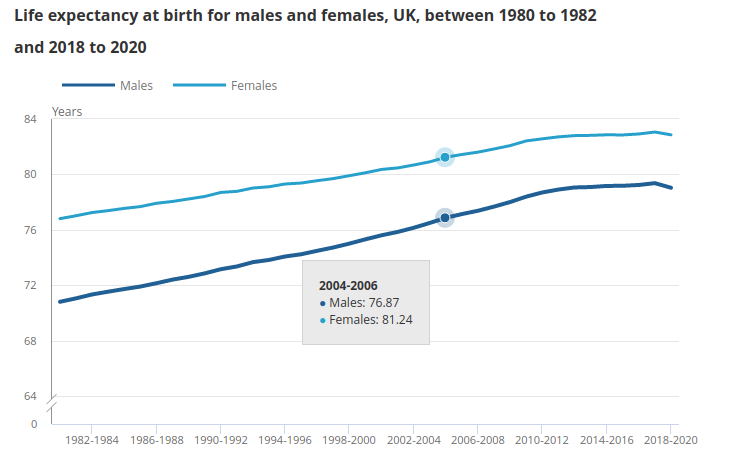Despites strict rules and guidelines of The Health and Safety Executive in the UK ,it is disheartening to find that people are still exposed to asbestos in their lines of work.
The long term effects show up long after one may have retired and no longer enjoys the perks of in-employment benefits and they suffer from the effects of exposure to asbestos with debilitating and terminal diseases such as cancer,
How much progress has been made in protecting people from exposure to asbestos?
Why are there still tenders advertised for removal of asbestos by hired staff?
Would automation and AI be useful tools in projects where asbestos is involved?
It is high time that we eradicate contact with asbestos by persons during all stages of engineering projects .

